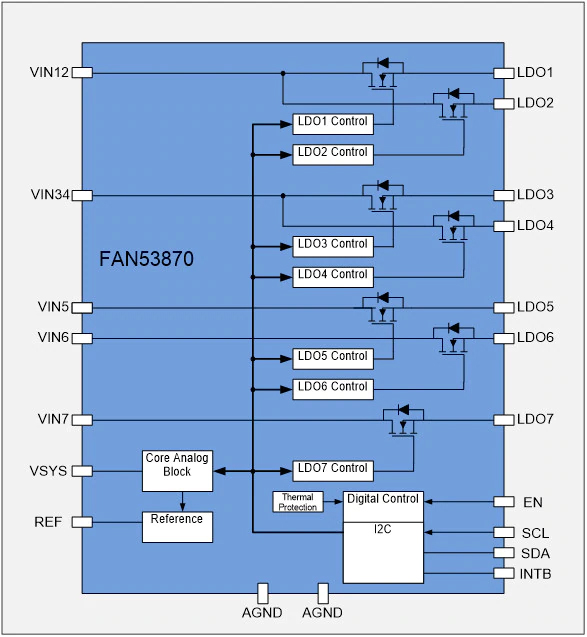How the next generation of digital cameras are enhancing image quality and power efficiency
Today’s smartphone advertisement almost exclusively include a glorious slow pan of the cameras on the back of the phone. The cameras on the newest smartphone models have become leading indicators of innovation and are a feature vendors use to differentiate themselves from their competitors. In addition to the multiple lenses and images sensors, newer camera technologies also offer higher resolution, improved zooming and better low-light performance. The number of digital images taken in 2020 was estimated to be roughly 1.7 trillion with more than 85% of these images captured on smartphones. The growth rate of digital images grew 14% annually from 2013 to 2020. This year over year growth trend is anticipated to continue through 2026. Considering the growth rate and longevity of this trend, its very apparent why cell phone manufacturers are focusing on continued improvements and innovations for camera and image quality. While our eyes are drawn to the cameras in these flashy consumer commercials, most don’t consider the electrical properties behind these sleek devices.
While many consumers simply enjoy the crisp, clear photos from smartphones, they underestimate the design efforts involved in ensuring the picture quality is optimized. A significant contributor to picture quality is the precision, stability and noise immunity of the power management integrated circuit (PMIC) supplying power to the camera module. ON Semiconductor has recently development the FAN53870: Two Low Input LDOs, Three High PSRR LDOs, Two General Purpose LDOs PMICto address demand and provide an optimized power solution to smartphones.
One critical aspect of smartphone is isolating the digital core power from the sensitive analog / Radio Frequency (RF) power lines. The FAN53870 was specifically designed for such a challenge with precise voltage regulation, best-in-class isolation between power rails, and low quiescent current consumption to preserve battery life. The FAN53870 supports the various needs within a camera module by providing two low input voltage regulators (LDOs), three high power supply rejection ratio (PSRR) LDOs and two general-purpose LDOs.

FAN53870 Block Diagram
The low input voltage LDOs are specifically designed for digital core power with supporting input voltages down to 1.0V and an output voltage as low as 0.8V. The output voltage of these LDOs is programmable in 8mV steps with 1.5% accuracy optimizing the power delivery to high-performance digital cores. The three high PSRR LDOs were intentionally designed for sensitive analog / RF circuits as any noise on these power lines can negatively impact picture quality. While the high PSRR LDOs have a wider output voltage range and maintain the precise 8mV steps, the key features for these LDOs is industry-leading PSRR and output noise of 14µVRMS. Last but not least, the FAN53870 includes two general-purpose LDOs to provide smartphone designers with flexibility. These general-purpose LDOs are versatile with a wide input voltage range of 1.9V-5.5V and a programmable output voltage range of 1.5V-3.4V that also guarantees 8mV step sizes.
The FAN53870 boasts various protection features to assist in ensuring system reliability. The FAN53870 implements a soft start to limit in-rush current as well as including I2C protection fault registers for undervoltage lockout, over current protection, undervoltage protection, and over temperature protection.
Such a versatile, low quiescent power PMIC is not only attractive to smartphone designers. The power rail isolation features of the FAN53870 can benefit system designers developing wearables, health monitoring devices and machine vision. All of these systems have overlapping PMIC needs as they typically require precise digital core power and isolated, noise-sensitive analog power. The FAN53870 is only one device in an industry-leading family of PMICs developed by ON Semiconductor. Design with ease by leveraging our FAN53870 and browse our Portable & Wireless solutions for your various design needs today!